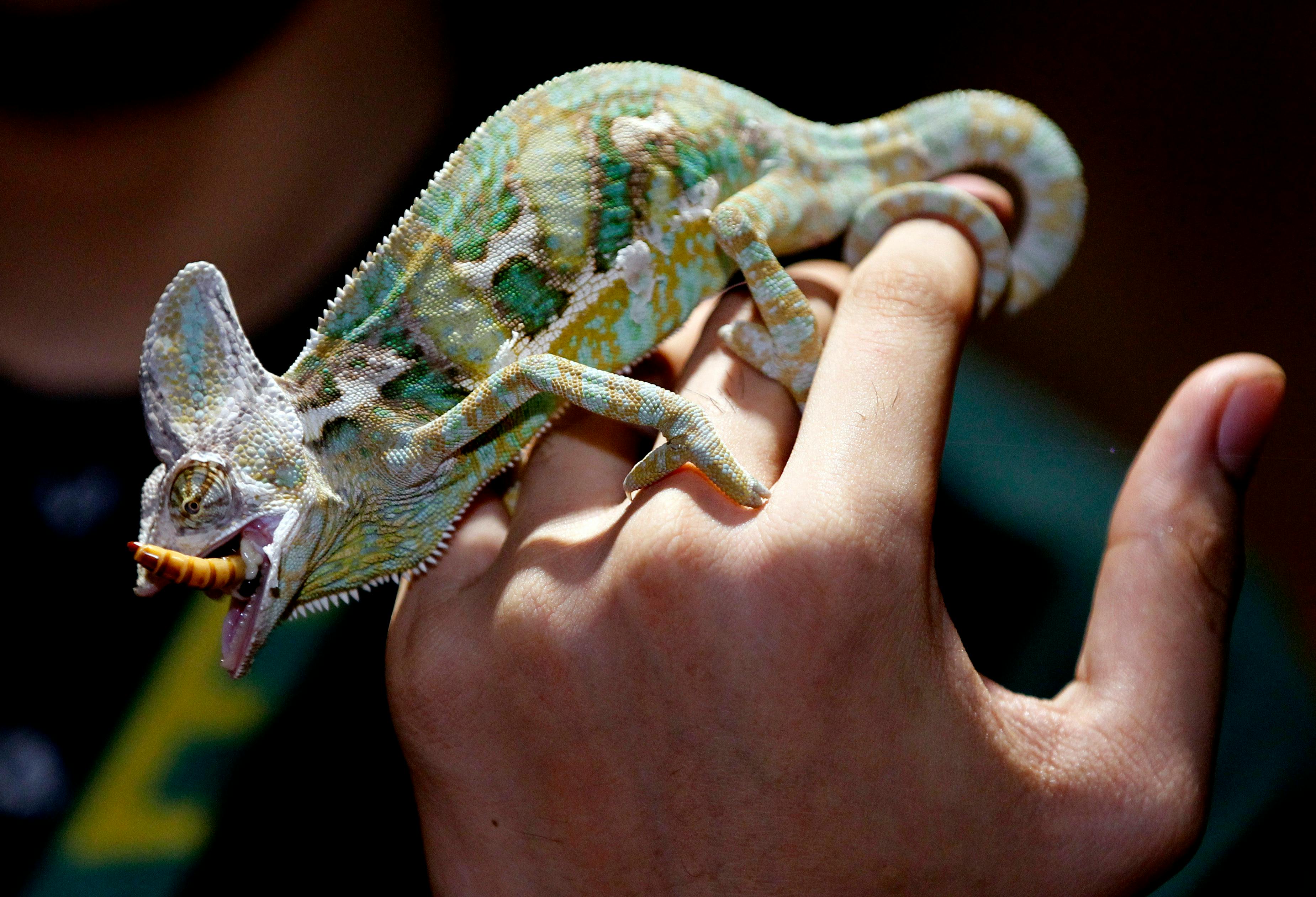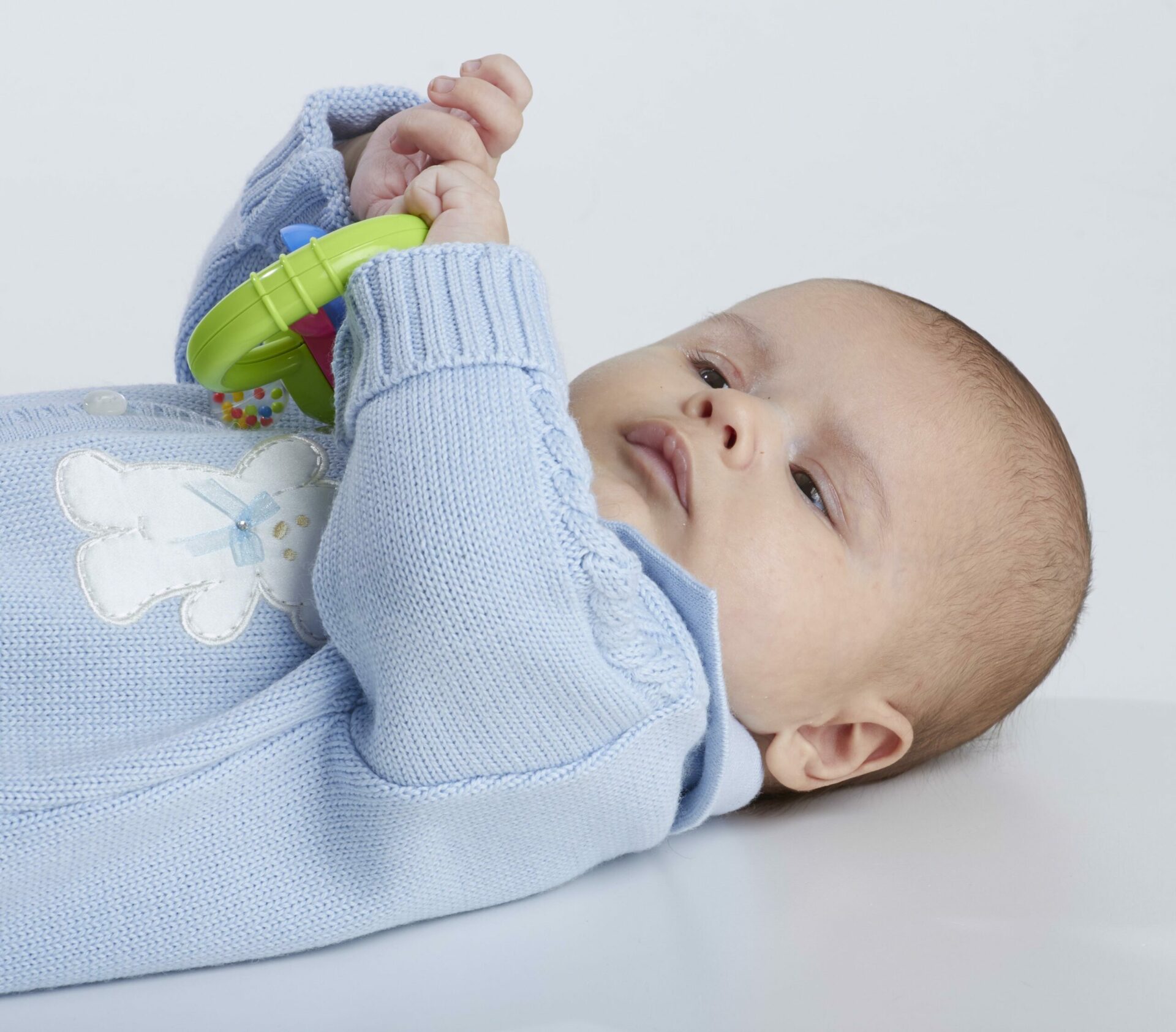Making eye contact while feeding babies is an important part of the bonding process between an infant and their caregiver. Eye contact helps build trust and emotional connection, which is essential in creating a secure attachment between a baby and their parent or primary caretaker. Additionally, eye contact while feeding can help to reduce fussiness and distraction during mealtimes. In this article, we will explore the importance of eye contact when feeding babies and discuss some techniques for encouraging it.Eye contact is important when feeding babies as it helps to create a connection between the feeder and baby. Eye contact helps to build trust and security, which in turn can help the baby feel comfortable and safe while eating. Additionally, eye contact encourages the baby’s development of communication skills, as they learn to recognize facial expressions and body language. Finally, eye contact can help to create a bond between the feeder and baby, as the baby learns that food is shared in a loving and caring environment.
How Does Eye Contact Help Babies Develop?
Eye contact is essential for the development of babies, both cognitively and emotionally. It helps to build trust and emotional bonds between parent and child. Eye contact is also important for language development, as it allows babies to pick up on facial expressions and other nonverbal cues. When parents make eye contact with their baby, it allows them to understand the baby’s needs and respond appropriately. This can help babies learn words faster and understand concepts better. Furthermore, eye contact helps babies learn how to regulate their emotions, something that will be invaluable as they grow up.
Studies have shown that when parents make eye contact with their babies, it helps them recognize faces more quickly and accurately. This is important because it helps babies learn who their loved ones are which will help them form strong attachments with those people later in life. Additionally, when parents make eye contact with their baby during feeding or playtime, this can help them better understand the baby’s needs and respond accordingly.
Making eye contact also has a positive effect on the emotional development of babies. When parents look into their baby’s eyes while talking or singing to them, this can help stimulate a sense of joy in the infant as well as giving them a feeling of security and comfort. This feeling of joy can then be transferred into other areas such as social interactions with peers or adults who are not family members.
In conclusion, making eye contact is an important part of helping babies develop cognitively and emotionally. It allows parents to better understand their baby’s needs while developing trust between the two parties. Additionally, it helps stimulate a sense of joy in the infant which can transfer into other areas such as social interactions with peers or adults who are not part of the family unit.
Encourage Eye Contact in Babies During Feeding
Eye contact is an important part of communication between a baby and their parents or caregivers. During feeding, eye contact helps to create a bond between the baby and the person providing the food. Eye contact also helps to keep the baby engaged in the process of feeding, encouraging them to take an interest in what they are eating. Making eye contact with your baby during feeding can help to build trust and connection, as well as helping your baby focus on what they are eating.
Here are some tips for encouraging eye contact with babies during feeding:
• Make sure you have your child’s full attention before you start feeding them. Speak softly, make eye contact with your baby and smile when you talk to them. This will help them to focus on you and what you are saying.
• Encourage your baby to look at you when they’re eating by making sounds or using toys that will attract their attention. You can also use hand gestures such as clapping or waving your hands in front of their face to encourage eye contact.
• Try not to rush your baby through meals or snacks, as this can be distracting and make it harder for them to focus on making eye contact. Take breaks between bites so that they have time to look around and make connections with those around them.
• Make sure that the environment is comfortable for both you and your child. If it’s too loud or bright, it can be difficult for them to focus on making eye contact with you.
• If possible, have someone else present while you’re feeding your child so that they have someone else’s attention focused on them too. This may help reduce distraction and encourage more focused interactions between both of you during meal times.
By making a conscious effort to make eye contact with babies during meals, parents can help foster a strong bond of trust and connection between themselves and their little ones. Eye contact is an important part of communication between adults and babies, so taking time out of busy meal times for this is always worth it!
The Benefits of Eye Contact When Feeding Babies
Eye contact is an important part of building a strong bond between a baby and their parent. It is especially important during feeding time. When feeding a baby, eye contact helps to create a warm and loving atmosphere that helps babies feel safe, secure, and loved. Eye contact also helps infants recognize their parents’ faces and can even help them learn to read expressions. Here are some of the benefits of making eye contact while feeding babies:
One benefit is that it can encourage healthier eating habits in infants. Making eye contact with infants while they eat can help them understand that they are being taken care of and that their needs are being met. This can help them feel more secure and can lead to better nutrition as they will be more likely to accept food when it is offered.
Eye contact during meals also promotes better communication between parent and child. Studies have shown that when parents make eye contact with their children while feeding them, it encourages the development of language skills in the child at an earlier age. The infant will learn to associate certain facial expressions with specific sounds or words, which will aid in their overall communication development.
Finally, making eye contact while feeding babies encourages trust between parent and child. Babies are comforted by their parents’ gaze, which helps create an atmosphere of warmth and safety for the infant. This trust then carries over into other aspects of the baby’s life as they grow older, promoting healthy relationships with peers and adults alike.
Making eye contact while feeding babies is an important part of developing strong bonds between parent and child. It provides numerous benefits such as encouraging healthier eating habits, promoting better communication skills, and fostering trust between parent and child. Therefore, it is essential for parents to make sure they make time for regular eye contact during meal times with their infants in order to ensure the best possible start in life for their children.
Establish a Positive Feeding Environment
Creating a positive and nurturing environment when feeding your baby can help encourage eye contact. Try to avoid distractions such as television, music, or other people in the room, so that your baby can focus on you and making eye contact. Make sure to talk to your baby throughout the feeding, smile and make silly faces, and use encouraging words.
Provide Eye Contact Opportunities
Giving your baby an opportunity to make eye contact with you during feedings can be beneficial. Before starting the feeding, look into your baby’s eyes and give them a smile or a funny face. When you are breastfeeding, try looking down at your baby’s face instead of looking away. This will give them an opportunity to make eye contact with you while they are eating.
Use Visual Cues
Using visual cues when feeding your baby can help promote eye contact. You can use toys or objects of interest that will draw their attention away from the food and towards you. These objects should be something that is visually appealing and engaging for your baby so that they will look away from the food and towards you.
Provide Feedback
Providing verbal feedback when your baby makes eye contact with you during feedings is important. You can say encouraging words or provide smiles when they look at you during feedings. This will let them know that it is okay to look at you while they are eating and will help reinforce the importance of making eye contact with their caregivers during meals.
Promoting eye contact while feeding your baby is an important part of developing a healthy relationship with them. Creating a positive environment for feedings, providing opportunities for eye contact, using visual cues, and providing verbal feedback when they do make eye contact are all effective strategies for promoting this important behavior in babies.

Is it Normal for Babies Not to Make Eye Contact During Feeding?
It is very common for babies not to make eye contact during feeding. This is normal behavior for infants and does not necessarily indicate a problem. Babies at this age are still learning how to interact and communicate with the world around them. As they grow, they will learn how to make more meaningful eye contact with others.
Eye contact is an important part of communication, but it is also important to remember that babies are still developing the skills needed to make and maintain steady eye contact. It can take months or even years for a baby to gain the skills necessary for meaningful eye contact. Parents should not be overly concerned if their baby does not make regular eye contact during feeding, as this could just be a sign of developmentally appropriate behavior.
It is also important to note that some babies may be more comfortable making eye contact when they are being held or cuddled than when they are being fed. This could be due to the fact that when they are in their parent’s arms, they feel secure and safe, which makes them more likely to make direct eye contact with their caregivers.
Parents should try not to worry too much if their baby does not make regular eye contact during feeding, as this is likely a normal part of development. As long as parents provide plenty of love and support, their baby will eventually learn how to interact with people in a meaningful way, including making regular eye contact during feeding sessions.
What to Do if Your Baby Won’t Make Eye Contact While Eating?
It is common for babies to not make eye contact while eating. This can be a cause of concern for parents as it can indicate that the baby may be feeling uncomfortable or anxious. Fortunately, there are a few things you can do to help your baby feel more comfortable and make eye contact while eating.
First, try to create a calming environment for your baby. You can do this by playing soft music, turning off the TV, or dimming the lights. This will help create an atmosphere that is conducive to making eye contact with your baby while they are eating.
Second, make sure that you are comfortable too. Sit in a relaxed position and talk softly with your baby during meals. This will help them feel at ease and more likely to look up at you when they are eating.
Third, don’t worry if your baby won’t make eye contact with you right away. If they seem anxious or uncomfortable, take breaks from feeding them and talk to them or play with them until they feel more relaxed. Then try again after a few minutes.
Finally, if your baby still won’t make eye contact while eating after trying these tips, it is best to consult with their doctor or healthcare provider. They may have suggestions that can help improve your baby’s comfort level and make it easier for them to look up at you while they eat.
Should Parents Worry if Their Baby Does Not Make Eye Contact During Feeding?
Eye contact is an important part of communication and bonding between parent and baby. While it’s perfectly natural for babies to not make eye contact while feeding, it may be a sign of something more serious if this behavior persists for long periods of time. Parents should pay attention to their baby’s behavior during feeding and look out for any signs that their baby may not be engaging in eye contact.
If a baby is unable to make eye contact with the parent while eating, this could indicate a developmental delay or physical issue that should be addressed by a doctor. If the baby appears unable to focus or track objects with their eyes, this could also be a sign of vision problems and should be evaluated by an ophthalmologist. Additionally, if the baby is having difficulty latching on properly or sucking from the bottle, this can also interfere with their ability to make eye contact with the parent.
If the baby is not making eye contact during feeding but appears to have no underlying medical issues, it may still be beneficial for parents to try different techniques that can help encourage eye contact during mealtimes. For example, parents can try talking and singing softly while feeding their baby in order to draw their attention and encourage them to look up at the parent’s face. Additionally, holding the bottle just below the eyes can help draw attention upwards so that the baby is looking at them when they feed.
Overall, it is important for parents to pay close attention to their baby’s behavior during feeding and look out for any signs that they may not be engaging in eye contact with them. If there are no underlying physical issues causing this behavior, then parents can try different techniques that can help encourage eye contact during mealtimes. However, if this behavior persists or there are other concerning symptoms present then parents should consult with a doctor who can evaluate their child further.

Conclusion
Eye contact during feeding can be a beneficial experience for both the baby and the parent. It can help foster attachment and security, and may even help with the baby’s development. However, it is important to remember that babies may have different levels of comfort with eye contact, and parents should respect that. Parents can still encourage their babies to make eye contact during feeding without forcing it upon them. By gradually increasing the duration of eye contact over time, parents can create positive associations with eye contact and help their baby become more comfortable with it.
Ultimately, making eye contact while feeding is a personal decision between parent and child. Parents should be sure to respect their baby’s comfort level while also providing positive reinforcement when they do make eye contact. Doing so will help create a strong bond between parent and baby that will last for years to come.




